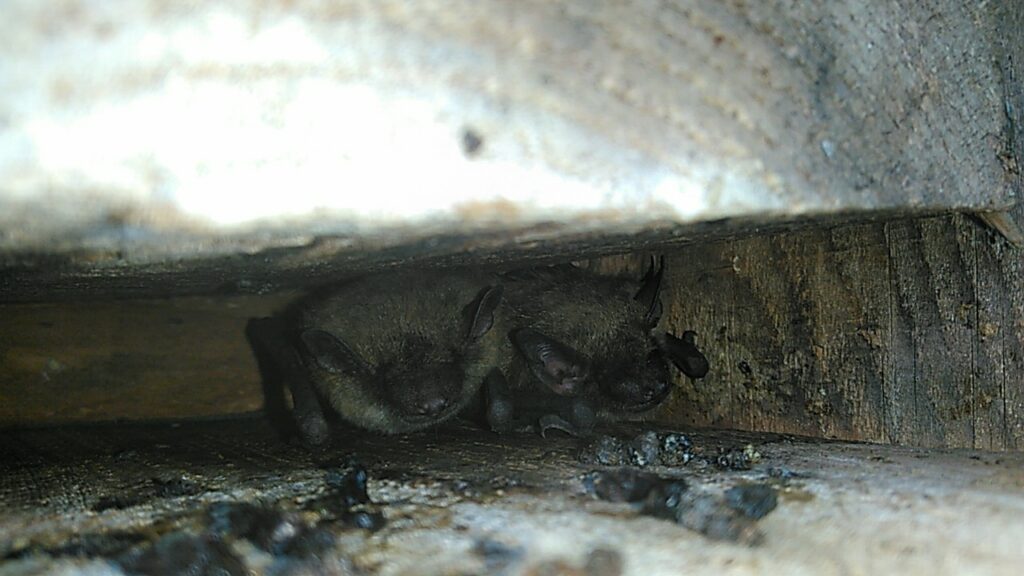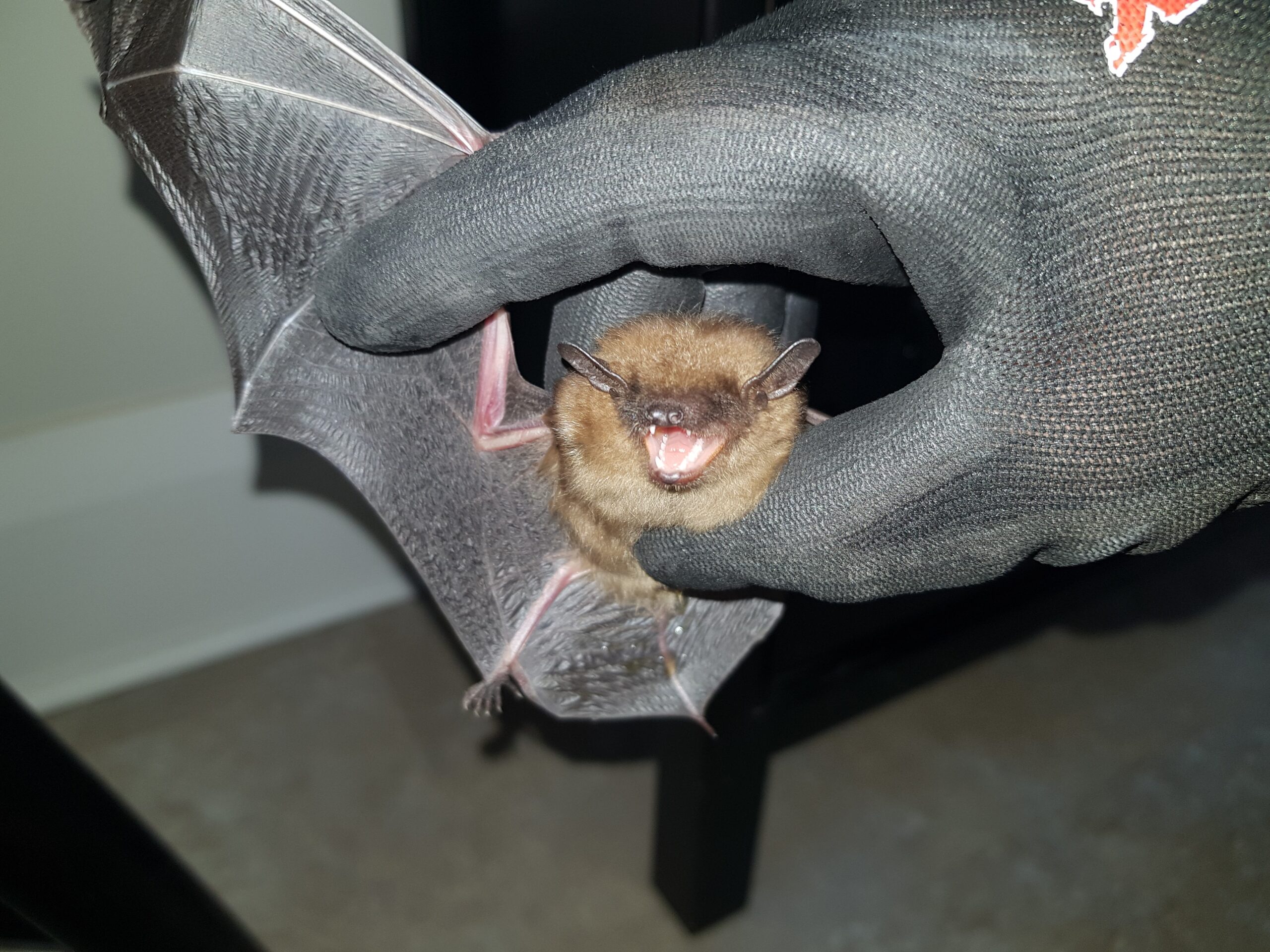The Silver-Haired Bat
This bat has very dark brown, blackish fur with silver-tipped hairs. It has a silvery belly from its frosty fur. The Silver-haired bat tops out at a weight of only 12 grams. Its maximum length? It averages about 115 millimeters on a good day. While Silver-haired bats roost primarily in trees and abandoned bird nests, homeowners can expect to find them in eaves and attics before the hibernation months.The Yuma Myotis Bat
The Yuma Myotis bat reaches only a maximum of about 100 millimetres in length, and its weight tops out at around 6 grams. The Yuma does not traditionally nest in trees, and it is a night hunter that likes to move from roost to roost with large groups of other Yuma bats. Males and females might not always roost together. The Yuma Myotis bats look for areas near water where they can feed on aquatic insects. During the day, they roost in structures so long as they remain near the water. As they break from hunting in their night roosts, they primarily rest under bridges in large groups. You can recognize the Yuma Myotis with brown fur, paler brown belly, and lighter brown ears.The Little Brown Bat
The Little Brown bat likes to roost and hunt in groups. This bat is usually only found in great numbers in caves. You can determine that you are on the right track to a colony because you will see and smell bat droppings the further you enter the cave. Bat droppings can be dangerous so bring protective gear. The Little Brown bat is also a medium-sized bat about the same size as the Yuma. Its fur is a yellowy colour on its back and a lighter tan on its belly. You can recognize it from its fur and its unique blunt nose. These bats hunt for whatever insects are available to them when dusk rolls around.



